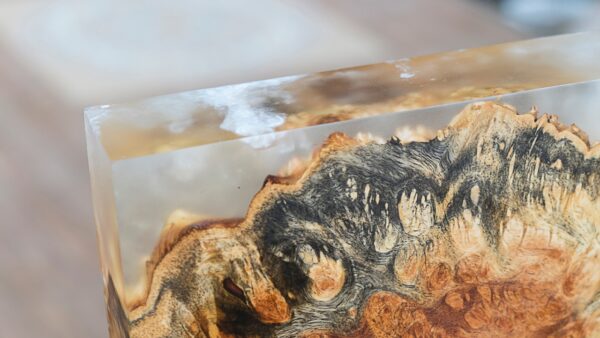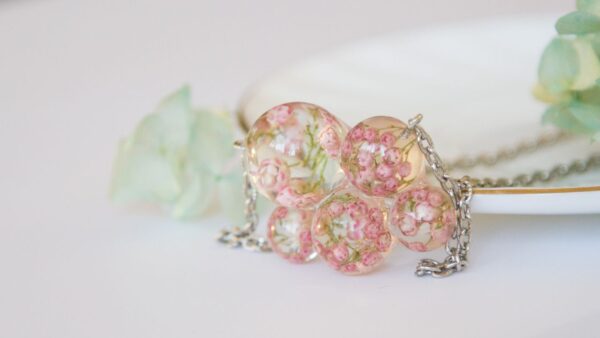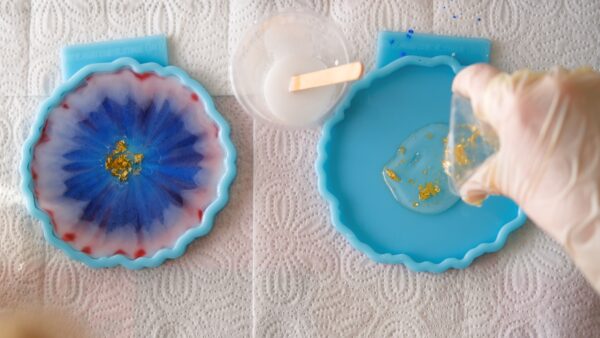How To get resin out of molds [without ruining them!] 10 Hacks
Here are some ways to help you get resin out of molds when they are sticking. Crafting with resin can be an incredibly rewarding and creative experience, allowing you to turn everyday objects into stunning works of art.
No matter if you’re a someone who uses resin often or just starting out using resin and wanting to make resin coasters or resin jewelry. There’s one common challenge that often arises: how to get resin out of a mold without compromising the intricate details of your resin project.
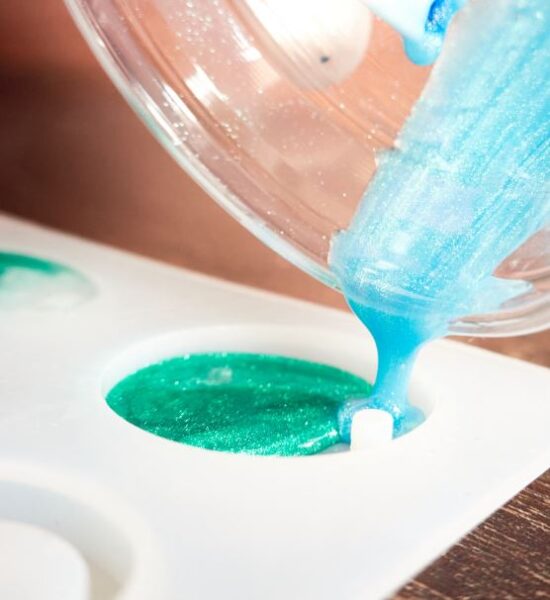
If you’ve ever found yourself struggling with sticky situations or demolding disasters, you’re not alone!
In this guide, we’ll walk you through the art of demolding resin like a pro, sharing expert tips and tricks that will help you achieve flawless results every time.
Say goodbye to those resin crafting woes and get ready to bring your creations to life with a polished and professional finish. Let’s dive in!
How To get Resin Out Of Molds
1. Use Proper Release Agents
Applying an appropriate release agent is the first step to successful resin demolding. These agents, like silicone spray or mold release wax, create a barrier between the mold and the resin, preventing adhesion.
Prior to pouring your resin, it’s crucial to evenly and thinly coat the interior of your mold with a release agent.

Overapplication can negatively impact the finish of your resin piece, potentially leaving it with a cloudy or sticky surface.
To get a smooth release, it’s essential to follow the manufacturer’s recommendations for the specific release agent you’re using.
2. Wait for Full Cure
Patience is key when working with resin. It’s imperative to allow your resin piece to cure fully according to the manufacturer’s recommended curing time before attempting demolding.
Rushing this step can result in deformation, damage, or an incomplete cure.
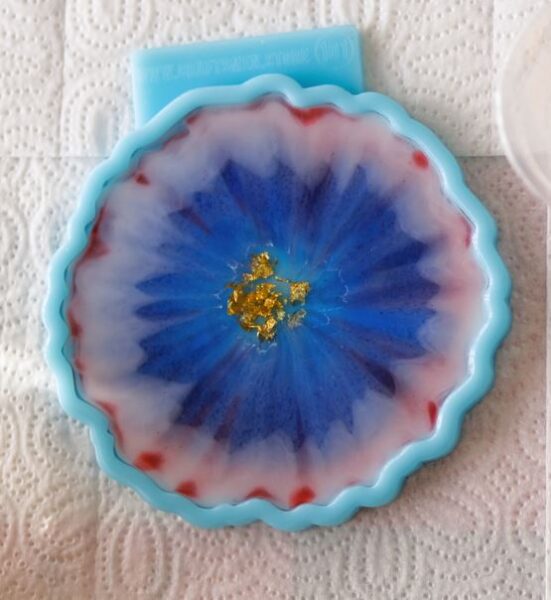
If you’re in a hurry, consider using a fast-curing resin, but still, allow it the necessary time to harden sufficiently for a successful demolding. UV resins are very popular for smaller items like resin earrings.
See our guide about reasons why resin is not curing.
3. Flex Silicone Molds
Silicone molds are favored by many resin crafters due to their flexibility, making demolding relatively easier. This is especially true for making your own DIY resin jewelry.
To release your resin from a silicone mold, gently flex and twist the mold to break the resin’s grip. This method is particularly effective when working with intricate designs.
However, it’s vital to proceed slowly and patiently, as excessive force can lead to tearing or damaging the mold, which can be costly to replace.
4. Apply Warmth
Slightly warming the mold can be a helpful technique for releasing stubborn resin. Placing the mold in warm soapy water and gently squeezing can cause the resin to release its grip on the mold.
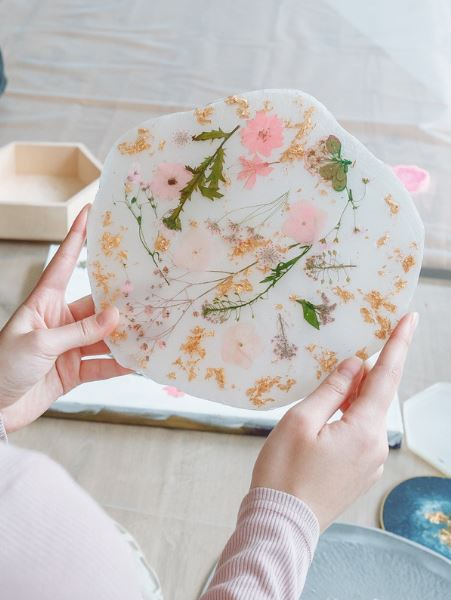
While this method can be effective, it’s important to exercise caution and avoid excessive heat, which can lead to warping or other damage to the mold. Gentle warming should make demolding significantly easier.
5. Freeze the Mold
When dealing with intricate molds or particularly challenging demolding situations, placing the mold in a small dedicated freezer or on ice for a brief period can aid in resin release.
The cold environment causes the resin to contract slightly, making it easier to remove from the mold.
However, remember that extreme temperature changes can potentially impact the quality of the resin. Experiment with the duration of freezing to find the right balance.
Do not place resin in a freezer that you also use for food. If you are using resin all the time, you might want to get a small freezer or use a dedicated cooler with ice.
6. Gentle Tapping and Vibration
If your resin is being stubborn, gently tapping the mold against a soft surface or using a vibrating table can encourage the resin to release.
However, always exercise caution when using this method, as excessive force can lead to damage to the mold or resin piece. Gentle and controlled tapping is the key to success.
7. Pry with a Craft Stick
In cases where molds feature intricate details, such as deep undercuts or tight crevices, a craft stick or a plastic tool can be used to carefully pry the resin from the mold’s edges.
Work gradually and patiently, as excessive force can result in chipping or breaking the resin. This technique is especially useful when working with highly detailed or delicate molds.
8. Lubricate with Cooking Oil
A thin application of cooking oil, like vegetable oil, can be a helpful and easily accessible release agent. It provides lubrication that helps ease demolding.
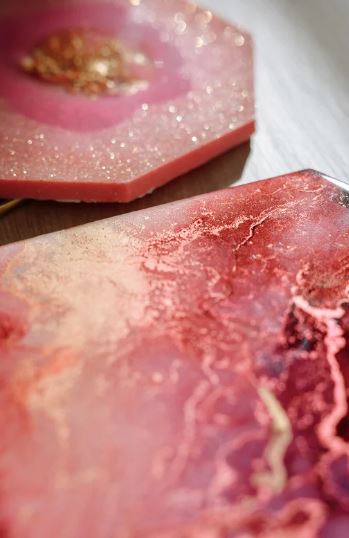
It’s important to apply the oil sparingly to prevent excess oil from affecting the final appearance and paint adhesion of your resin piece. After demolding, be sure to wipe off any excess oil to maintain the quality of your creation.
9. Salvage Uncured Resin
Occasionally, resin may not cure properly due to various factors such as incorrect ratios or inadequate curing time.
In such cases, you can remove the uncured resin from the mold and place it in direct sunlight or use a UV lamp to cure the resin fully. It’s crucial to monitor your curing conditions and times diligently to prevent issues with uncured resin.
Salvaging uncured resin can be a cost-effective way to minimize waste and turn a potentially ruined project into a successful one.
Make sure the curing conditions are suitable for your specific resin type, as different resins require varying curing methods.
We have a helpful guide on how to work with resin that you might find helpful.
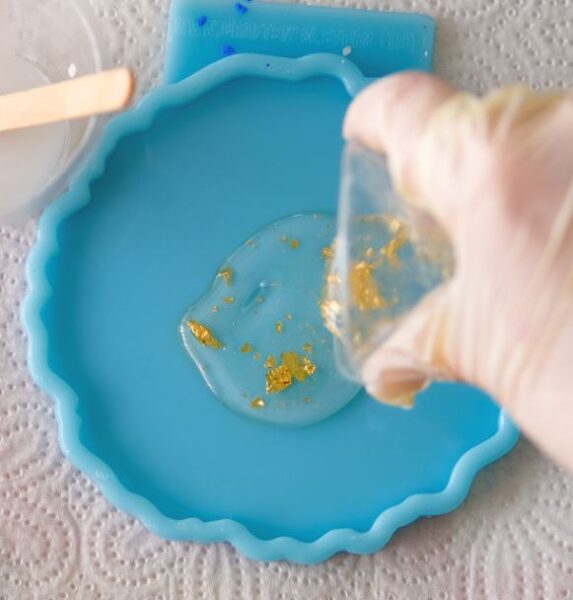
10. Use A Heat Gun On Low Setting
Set the heat gun to a low setting and use it to warm the mold’s surface. The gentle heat softens the resin, allowing it to expand slightly and release its grip on the mold.
Keep the heat gun moving to prevent overheating and potential damage to the mold or resin piece. This method can be particularly effective for molds with intricate designs, as it offers a controlled way to encourage the resin to release without the risk of damaging your project.
Be cautious not to overheat the resin, as excessive heat can deform or warp the piece.

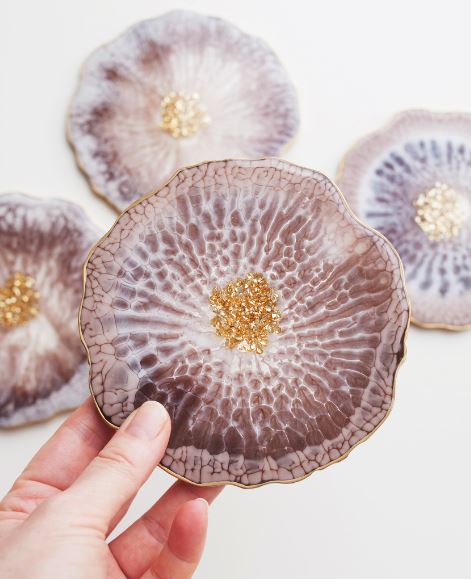

Reasons why resin will not come out of a mold & solutions
Insufficient or Inadequate Release Agent:
Reason: If you didn’t apply a proper release agent, or if the application was uneven or too thin, the resin may adhere tightly to the mold’s surface.
Solution: To prevent this, use an appropriate release agent for your mold, such as silicone spray or mold release wax. Apply it evenly and in a thin layer, following the manufacturer’s recommendations.
Early Demolding:
Reason: Attempting to remove the resin before it’s fully cured can cause it to stick to the mold or deform.
Solution: Be patient and allow the resin to cure for the recommended time. Rushing this step can lead to problems. Consider using a fast-curing resin if you need quicker results while still allowing it to cure fully.
Complex Mold Details:
Reason: Resin may get trapped in intricate mold details or undercuts, making it challenging to demold.
Solution: Gently tap the mold, use a craft stick, or apply slight pressure to release the resin from these tricky areas. Take your time to avoid damaging the resin piece or mold.
Cold or Humid Environment:
Reason: Low temperatures or high humidity can slow down the curing process, making the resin stick to the mold.
Solution: Maintain a suitable working environment with optimal temperature and humidity conditions as per the resin’s requirements. Consider using a curing chamber or a heat lamp to create ideal conditions for curing.
Warped Mold:
Reason: If the mold is damaged or distorted, it can hinder resin release.
Solution: Keep your molds in good condition. Replace any damaged molds and handle them with care to avoid warping. Store your molds properly to maintain their shape.
Improper Mold Material:
Reason: Some molds may not be suitable for resin casting, as resin can bond tightly to certain materials.
Solution: Choose molds made of resin-compatible materials like silicone, plastic, or polypropylene. Avoid molds with porous surfaces that resin can penetrate and bond with.
Excessive Mold Release Agent:
Reason: Overapplication of the release agent can lead to surface imperfections on the resin piece.
Solution: Apply release agents sparingly and evenly. Wipe off any excess agent to avoid affecting the final finish.
Uncured Resin:
Reason: Using resin that hasn’t fully cured can lead to a sticky or soft surface that adheres to the mold.
Solution: If your resin hasn’t cured properly, remove it from the mold and cure it fully using sunlight or a UV lamp. Properly monitor curing conditions and times to avoid this issue.
Identifying the specific reason for resin sticking in your mold is the first step to solving the problem.
By addressing these issues with the appropriate solutions, you can get a smoother and more successful resin demolding process in your crafting projects.

Thank you for taking the time to explore these tips and insights on resin demolding. We hope that this information proves valuable in your resin crafting journey.
Whether you’re just beginning or are a seasoned enthusiast, resin crafting offers endless creative possibilities, and achieving a smooth and successful demolding process is a key step in bringing your artistic visions to life.
We appreciate your interest and dedication to the craft. Happy crafting, and may your future resin projects be filled with inspiration and success!


